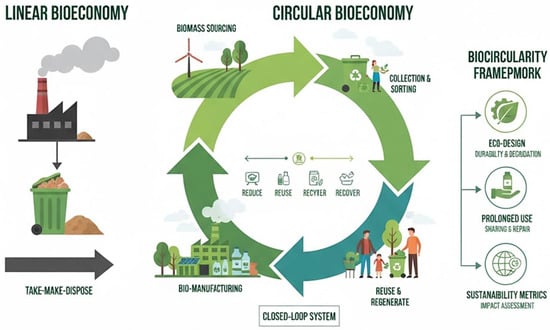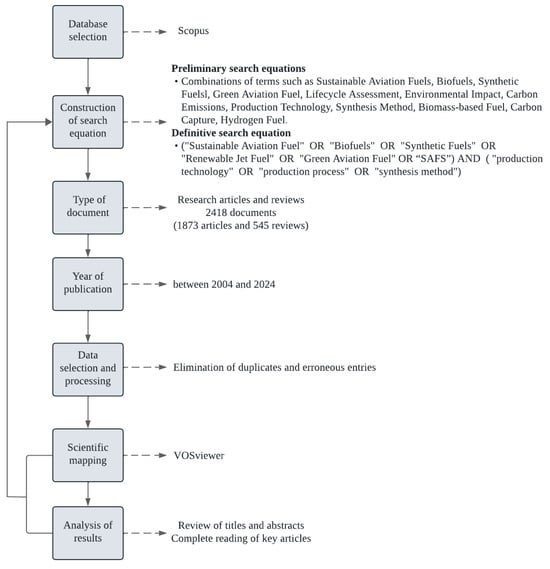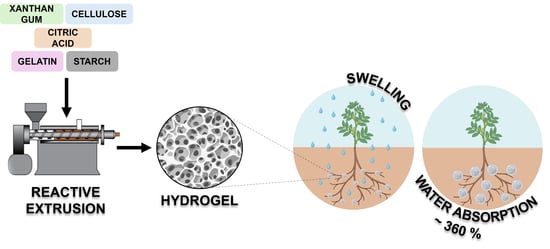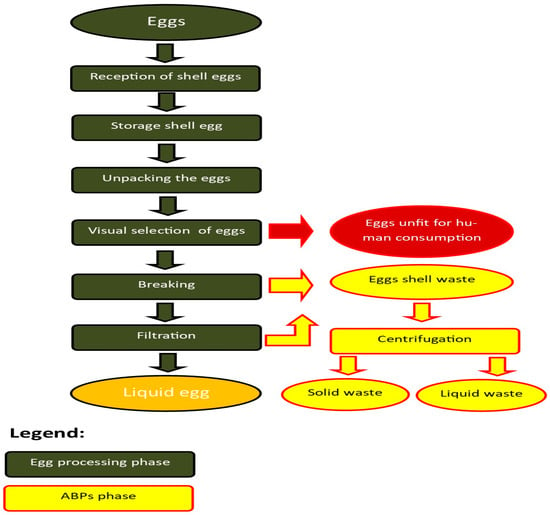- Review
Bio-Circular Economy and Digitalization: Pathways for Biomass Valorization and Sustainable Biorefineries
- Sergio A. Coronado-Contreras,
- Zaira G. Ibarra-Manzanares and
- Alma D. Casas-Rodríguez
- + 3 authors
This review examines how the integration of circular bioeconomy principles with digital technologies can drive climate change mitigation, improve resource efficiency, and facilitate sustainable biorefinery development. This highlights the urgent need to transition away from fossil fuels and introduces the bio-circular economy as a regenerative model focused on biomass valorization, reuse, recycling, and biodegradability. This study compares linear, circular, and bio-circular approaches and analyzes key policy frameworks in Europe, Latin America, and Asia linked to several UN Sustainable Development Goals. A central focus is the role of digitalization, particularly artificial intelligence (AI), the Internet of Things (IoT), and blockchain. Examples include AI-based biomass yield prediction and biorefinery optimization, IoT-enabled real-time monitoring of material and energy flows, and blockchain technology for supply chain traceability and transparency. Applications in agricultural waste valorization, bioplastics, bioenergy, and nutraceutical extraction are also discussed in this review. Sustainability tools, such as automated life-cycle assessment (LCA) and Industry 4.0 integration, are outlined. Finally, future perspectives emphasize autonomous smart biorefineries, biotechnology–nanotechnology convergence, and international collaboration supported by open data platforms.
22 December 2025





